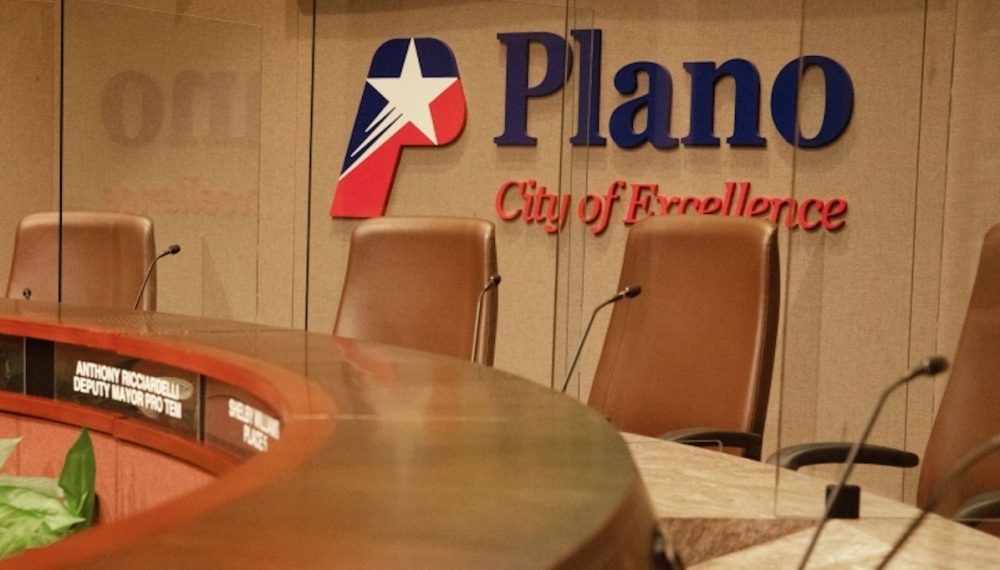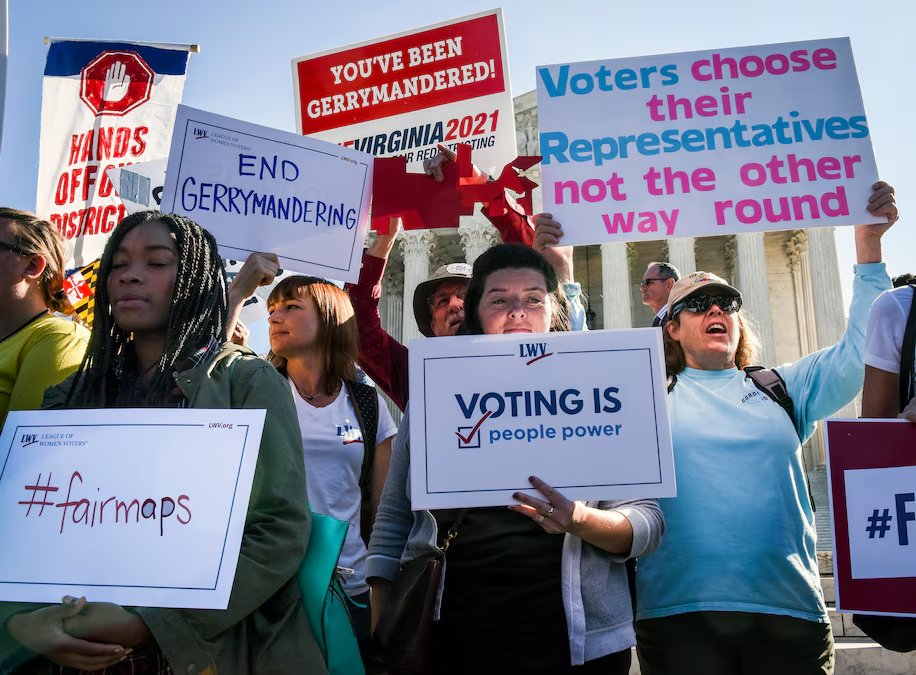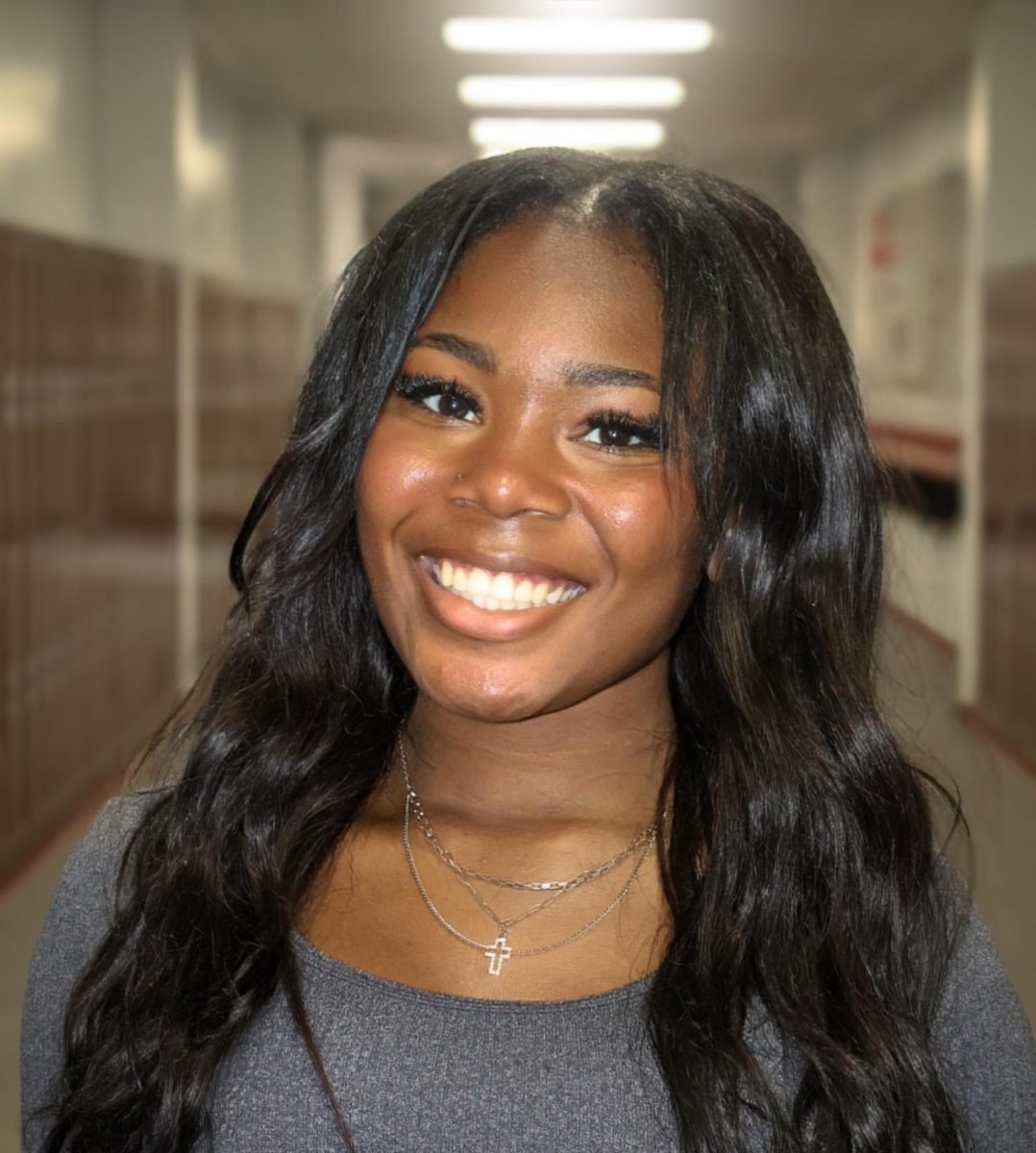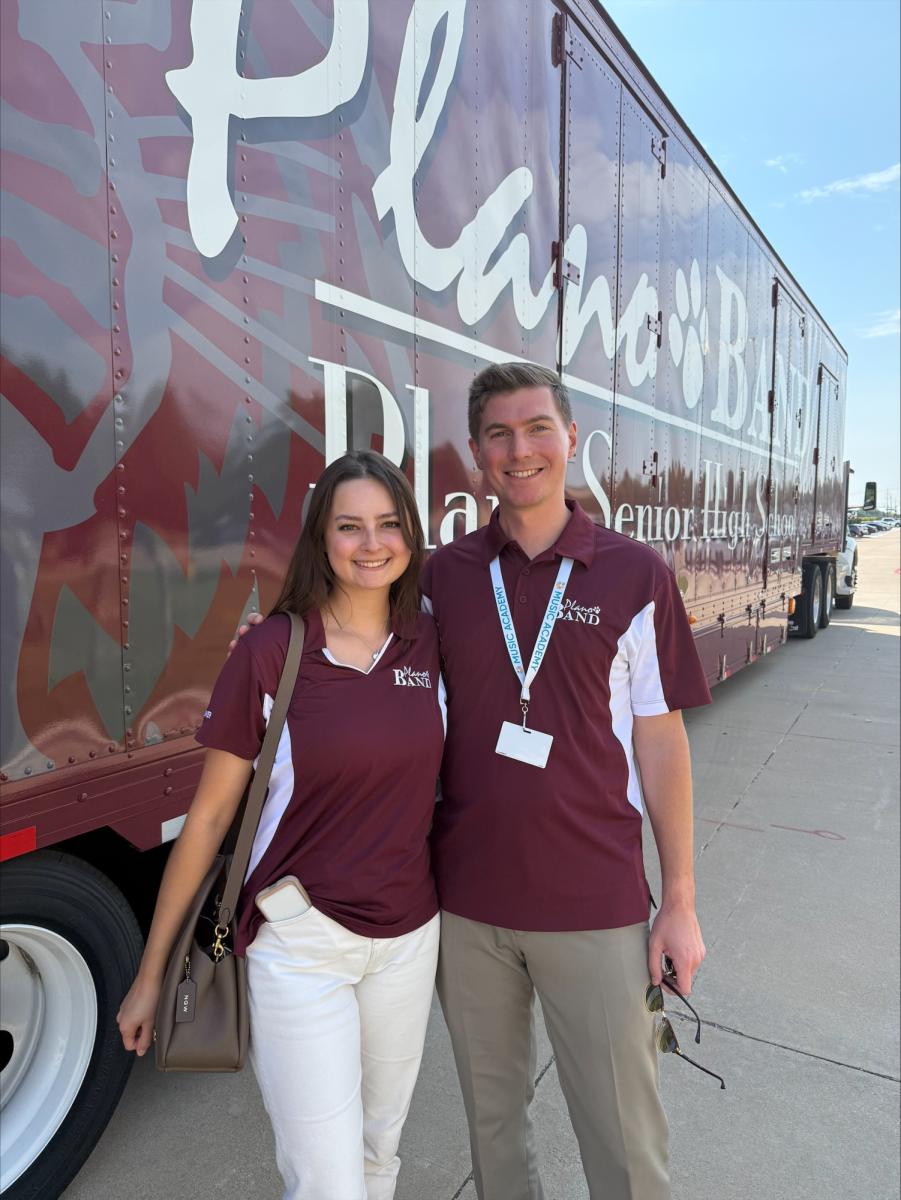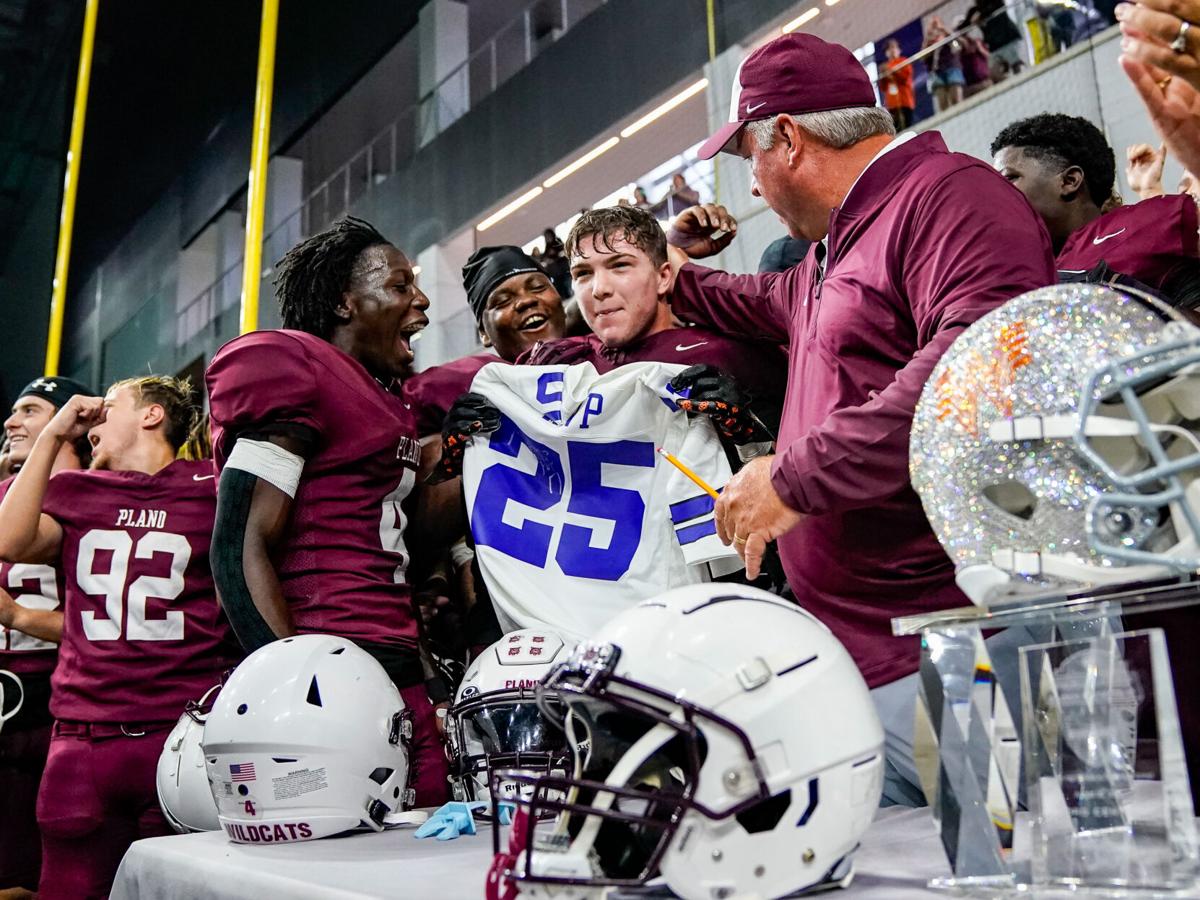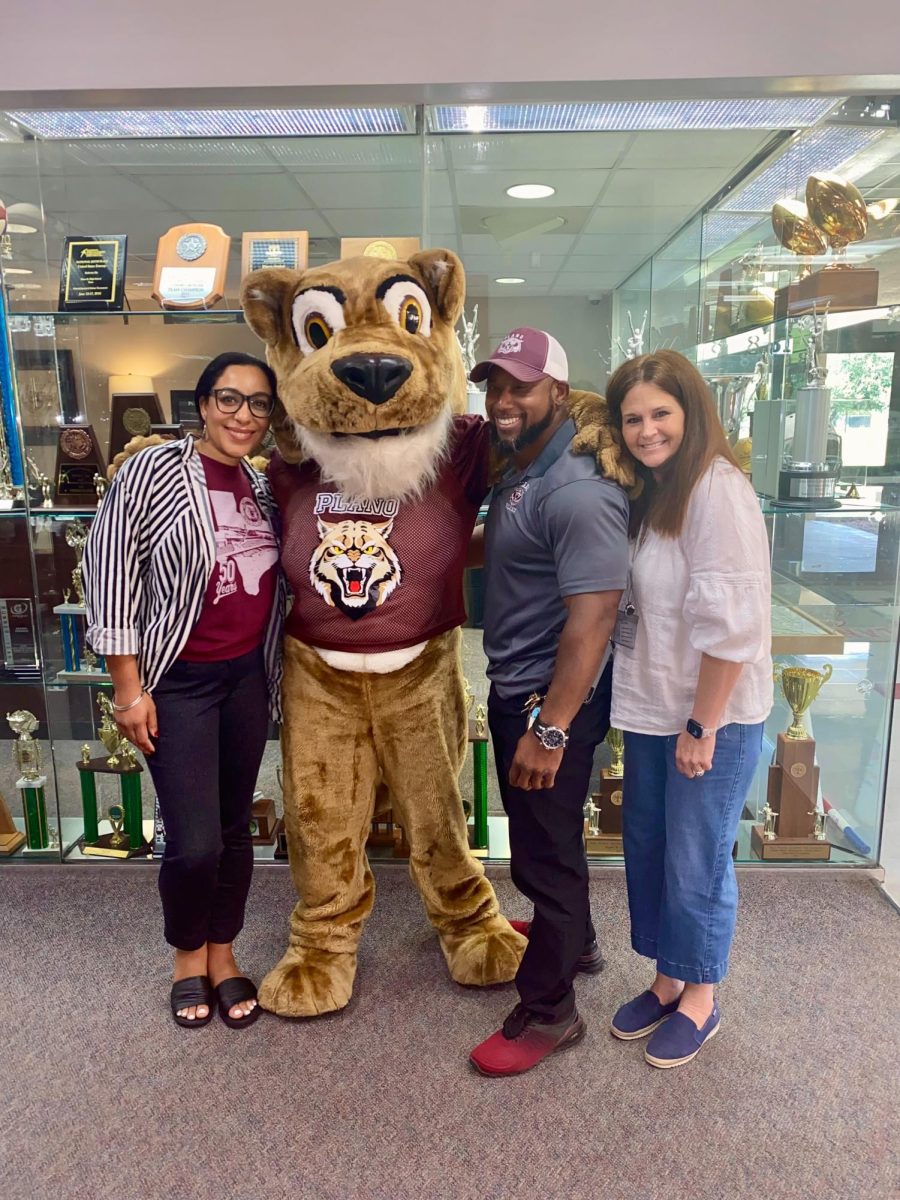Two years ago, junior Shayan Mohanty came up with a science fair idea that was so detailed and complex that he is still working on it today. It all started with a simple problem he came across while on vacation.
“A few years ago my family and I were in the Netherlands, and we took the underground subway system everywhere,” Mohanty said. “The thing with that is they use these things called clam passes, and those are RFID (Radio Frequency Identification) cards, used for paying.”
Unlike the credit cards here, these devices do not need to be swiped through a machine. They can be read from a distance.
“While we were there, this underground hacker group managed to hack into the clam passes and add a lot more money to everyone’s passes which cost the government millions,” Mohanty said. “I thought it was really cool technology, and I wanted to try and secure it. My idea was to add inscription to it, so I used my own inscription mechanism and brought it to the security level of our government.”
Although finding out how to better secure it was only last year’s project, this year Mohanty decided to take it a step further.
“This year I wanted to make it so everyone could have it and that it would be easy to use,” Mohanty said. “In basic terms, it is a networking RFID. I am creating devices that can talk to each other and can perform actions based on the environment around us.”
For those who don’t speak in technical terms, Mohanty gave an example scenario of how these devices would work in action.
“If you had, say 500 of these nodes around a building, not only are they cheaper than what’s on the market right now (they cost me $50 to make each one, versus the market standard of $2,000, so that’s a huge price difference), but they will also interact in a way that has never been done before,” Mohanty said. “It works like the human brain. From here I want to implement it into swarm intelligence, or a bunch of intelligent devices that work together to accomplish a goal through communication.”
This kind of experiment is complex to the point that many can’t even wrap their head around the concept, while Mohanty is moving quickly on to even bigger and brighter things. He quickly won over the regional and state science fairs.
“The regional level was at Fair Park in Dallas,” Mohanty said. “I got first place over there and nine awards from corporations. The state level was in San Antonio, and I got grand prize there and two corporation awards, as well as military awards. I got the Air Force award, and when I was presenting, they showed interest and have been communicating ever since.”
As far as the science fair goes, from here there is only one more place to go, and that’s the International Science Fair Competition.
“This Saturday I am going to Los Angeles for international,” Mohanty said. “If I get that, then I get a lot of money. Past winners have gotten $150,000 to $200,000, easy, and that’s just in spending money.”
Apart from the fair, Mohanty was also invited to attend another competition that allows him to travel to another country and possibly many more.
“I was invited to go to another competition called Mislet,” Mohanty said. “It is in Slovakia this year and that is basically where I go to present to dignitaries of other countries. This is an exposition, so if the other countries like my project I will be invited to go to their countries to present, as well.”
Through his countless hours of hard work, Mohanty is very excited about the upcoming competitions.
“I’m really not nervous because I have already gotten this far and international science fair is a big deal, so anything after this point is a bonus,” Mohanty said. “I am really really excited to see what comes next.”


